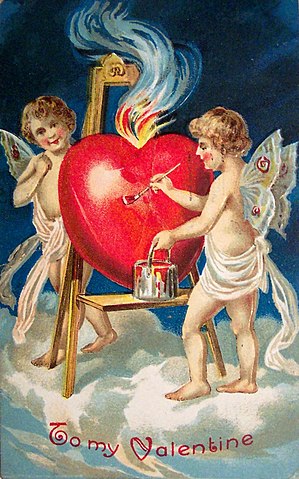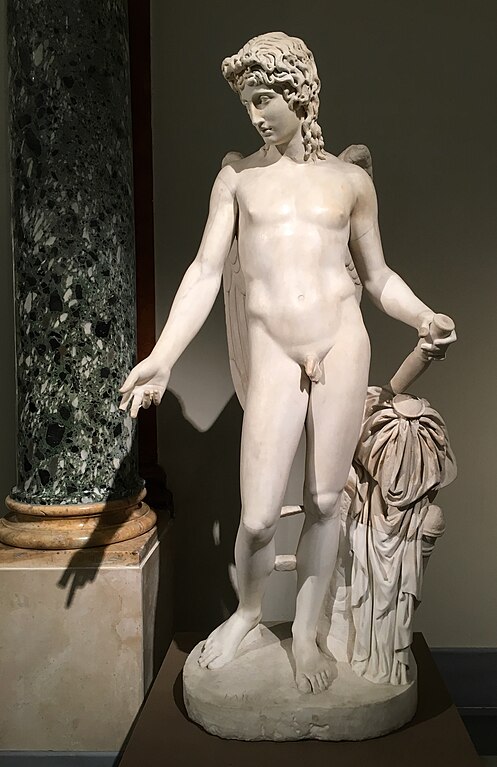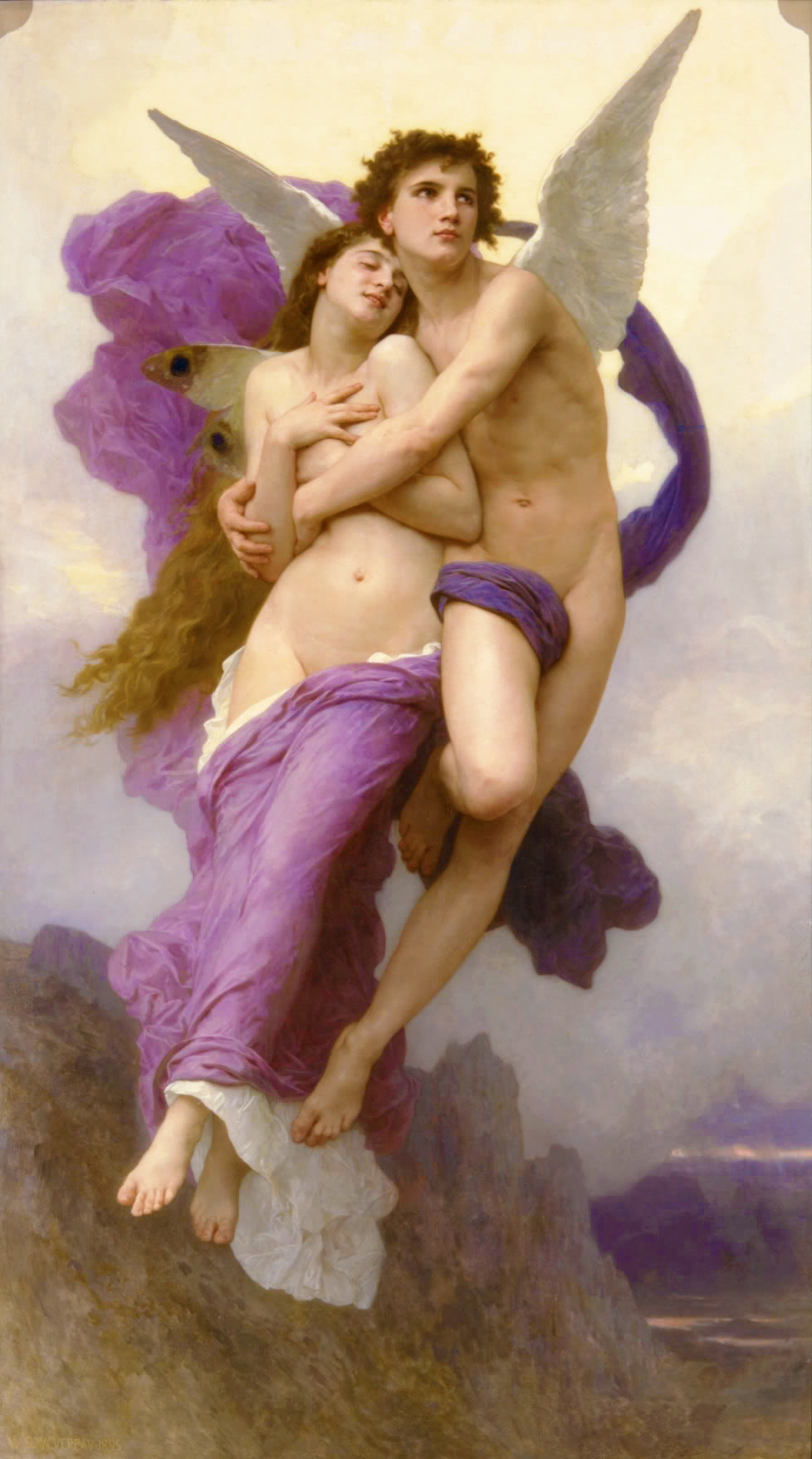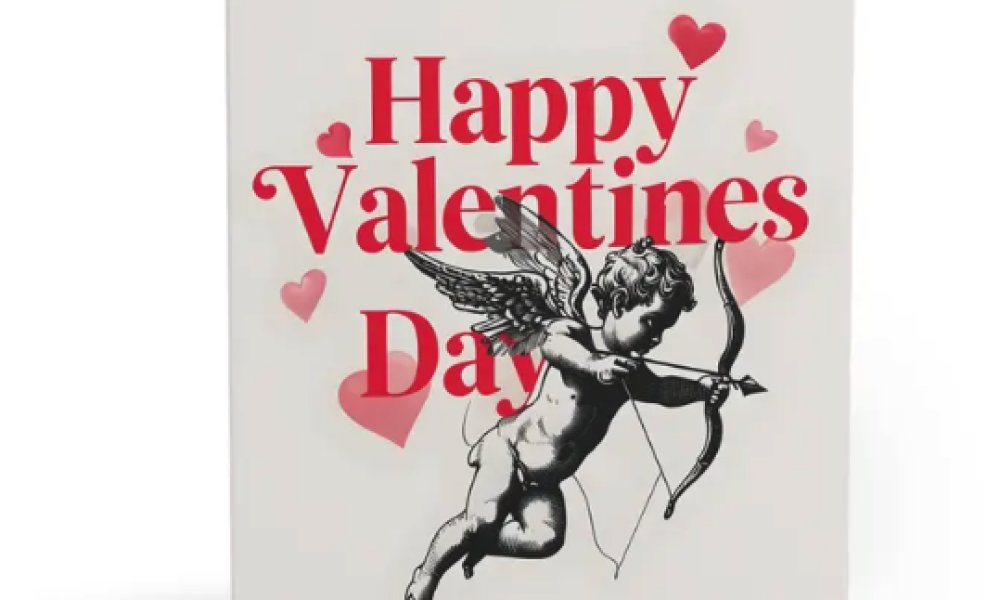Valentine’s Day didn’t begin as a celebration of love—nor did it have anything to do with Cupid, the winged baby with his bow and arrow.
Saint-Valentine’s day, as the original name implies, was originally a religious feast honouring a Christian priest martyred on February 14th, known as Valentine. Like many other saint days in ancient Europe, it was a solemn observance. Over time, it gradually evolved into a celebration of love, becoming more commercialized like many other holidays. Cards, chocolates, and romantic gestures became associated with the day. And, of course, we needed a symbol—what better than a god of love? cupid with his arrow
Let’s break it down.
How Valentine’s Day Evolved
- 3rd century AD – A priest named Valentine of Rome was martyred on February 14th, 269 AD.
- Other martyrs named Valentine also existed during that period.
- 5th century AD – Pope Gelasius I established February 14th as Saint Valentine’s Feast Day to honour these martyrs.
- Some believe he wanted to replace the pagan festival of Lupercalia, which occurred around the same time of year.
- 14th century – Geoffrey Chaucer’s poem Parliament of Fowls talks about birds choosing their mates on the day of Saint-Valentine’s.
For this was on Saint Valentine’s Day
When every bird comes there to choose his match
Of every kind that men may think of
And that so huge a noise they began to make
That earth and air and tree and every lake
Was so full, that not easily was there space
For me to stand—so full was all the place.
-
- This is how love and matchmaking got connected to the day.
- Afterward, other poets began writing about romance on Valentine’s Day.
- 15th century – The tradition of writing love notes around February 14th took hold in France and England.
- This evolved into a widespread celebration of love and courtship, with lovers exchanging small gifts and letters—leading to the modern traditions of Valentine’s cards, flowers, and chocolates.
- 18th century – Cupid with his arrow became the main motif on Valentine’s Day cards, symbolizing love and passion.
Today, Cupid is one of the most recognizable symbols of Valentine’s Day, alongside hearts and roses.

Origins of the Chubby Cupid with the Arrow of Love
- 700 BC (Ancient Greece) – In mythology, Eros was a handsome young god of desire and passionate attraction.
- A primordial deity, he was born asexually, symbolizing the creative force of procreation driven by desire
- Later myths described Eros as the son of various godly couples, most commonly Aphrodite and Ares—sometimes just Aphrodite alone.
- In 5th century BC, stories would describe him having two types of arrows:
- A gold-tipped arrow to inspire love and desire.
- A lead-tipped arrow to create aversion and hatred.
- He was a minor character in myths, setting events into motion, making gods or mortals fall in love or or causing them to flee from an unwanted lover. And the story would evolve from there.

- 1st century AD (Ancient Rome) – The Romans adapted Eros into Cupid, meaning “passionate desire.” He was also the god of desire, attraction, and uncontrollable love.
- Unlike the Greek version, Cupid was depicted as a mischievous child rather than a youthful god.
- In the 2nd century AD, he became the central figure in Cupid and Psyche, a myth written by Apuleius in Metamorphoses (also known as The Golden Ass).

- Renaissance (14th–17th century) – Artists began depicting Cupid as a putto (a chubby, winged baby. Also, putti have been conflated with cherubs which are winged angels)
- He was often shown blindfolded, symbolizing the idea that “love is blind.”

- 19th century – Cupid officially became associated with Valentine’s Day, appearing on greeting cards celebrating love and matchmaking.
The Myth of Cupid and Psyche
- Psyche was a mortal princess so beautiful that people started to neglect Venus’ worship in favour of admiring Psyche, which angered the jealous goddess.
- The jealous Venus ordered her son Cupid to make Psyche fall in love with a hideous creature.
- As Cupid was about to strike Psyche with his arrow, he accidentally pricked himself and instead fell deeply in love with Psyche.
- He took Psyche to a hidden palace where he visited her every night but forbade her from seeing his face. She promised not to look.
- Psyche’s sisters were jealous and convinced her that he was a monster and urged her to uncover his identity. One night, Psyche lit a lamp while he was sleeping and saw he was mesmerizingly beautiful. But a drop of hot oil from the lamp spilled onto him, waking him up. Feeling betrayed, Cupid fled.
- Psyche desperately searched for him and sought Venus’ help. Venus, still angry, assigned her impossible tasks (by divine luck, she succeeds in all them):
- Sorting a massive pile of grains (ants help her)
- Retrieving a golden wool from deadly sheep (a river god helps her)
- Fetching beauty from the Underworld (Persephone gives her box containing ‘beauty’)
- Instead of giving the box to Venus, curiosity got the best of her—she opened the box, hoping to become more beautiful for Cupid. Instead of beauty, the box contained an enchanted sleep, and she falls unconscious.
- Cupid revived her and begged Jupiter (Zeus) to intervene. Jupiter granted Psyche immortality, allowing her to marry Cupid as an equal among the gods.
- Their union was celebrated on Mount Olympus, and Psyche became the goddess of the soul. They had a daughter named Voluptas, meaning pleasure or delight.












